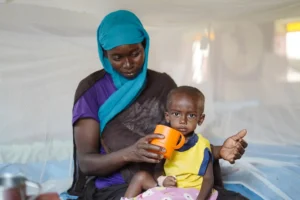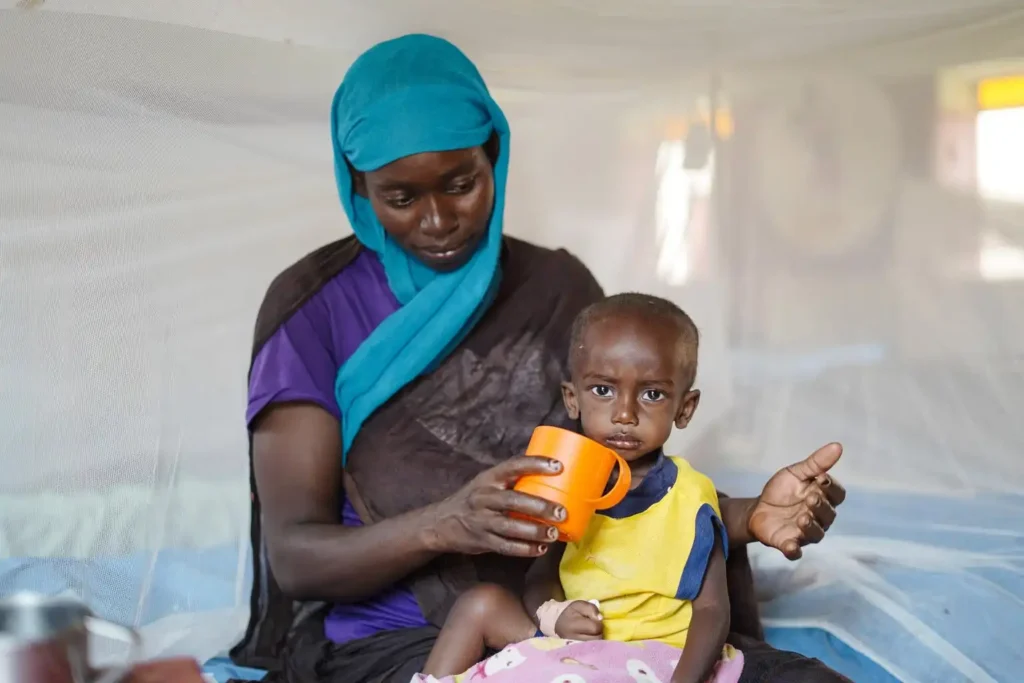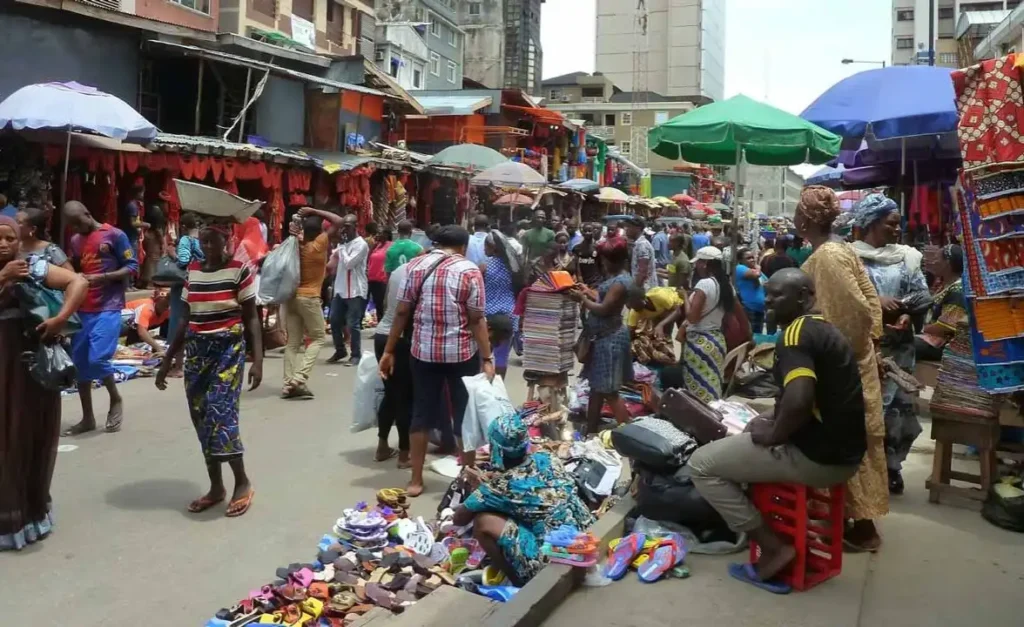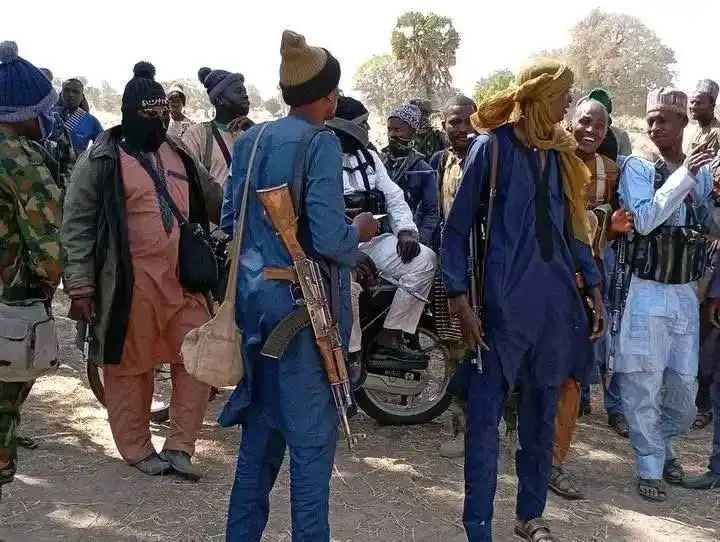Nearly 25 million Nigerians could experience acute hunger between June and August 2023—Nigeria’s lean season—unless swift and coordinated action is taken. This stark warning emerged from the October 2022 Cadre Harmonisé, a biannual food and nutrition security assessment conducted by the Nigerian government with support from humanitarian partners.
Currently, around 17 million people across Nigeria are food insecure. However, that number is projected to rise significantly due to worsening conditions such as armed conflict, climate disruptions, economic instability, and the surging cost of food. These factors have steadily eroded the ability of millions to access sufficient and nutritious food.
Conflict and Floods Drive Food Insecurity
Violence remains a central threat to food security in Nigeria. In the northeast, particularly in Borno, Adamawa, and Yobe (BAY) states, insurgent activity continues to displace populations and obstruct agricultural activities. Elsewhere, in states such as Kaduna, Katsina, Sokoto, Benue, and Niger, armed banditry and kidnapping further undermine access to farmland and markets.
Additionally, widespread flooding during the 2022 rainy season severely affected food production nationwide. More than 676,000 hectares of farmland were submerged, according to the National Emergency Management Agency, devastating harvests and deepening food shortages. This extreme weather event, intensified by climate change, underscores the growing vulnerability of Nigeria’s agricultural sector to erratic weather patterns.

Northeast in Critical Condition
Out of the 17 million people currently facing food insecurity, around 3 million reside in the conflict-affected BAY states. If nothing changes, this figure may climb to 4.4 million during the upcoming lean season. Many of these individuals are displaced or recently returned communities already suffering from prolonged humanitarian emergencies. In total, about 8.3 million people in these states require some form of humanitarian aid.
Highlighting the urgency, Nigeria’s Humanitarian Coordinator, Matthias Schmale, emphasized the severity of the situation:
“The food and nutrition conditions across Nigeria are extremely alarming. I have personally visited treatment centers where young children are fighting to survive. Immediate action is vital to prevent further loss of life.”
Children Bear the Heaviest Burden
Children under the age of five remain the most affected by food insecurity. Approximately 6 million of the 17 million people currently struggling with hunger are children in the most vulnerable regions—Borno, Adamawa, Yobe, Sokoto, Katsina, and Zamfara. The threat of acute malnutrition looms large, with the risk of child mortality increasing sharply in underserved and conflict-ridden areas.
In the BAY states alone, the number of children suffering from acute malnutrition is projected to rise from 1.74 million in 2022 to 2 million in 2023. This trend points to a potential spike in child deaths if nutrition services and food assistance are not expanded immediately.
Aid Agencies Respond, But More Support Needed
UNICEF, in collaboration with the Nigerian government and health organizations such as Médecins Sans Frontières (MSF) and ALIMA, has been working to expand preventive nutrition programs. These efforts aim to ensure that the most vulnerable children receive lifesaving treatment. In 2022 alone, nearly 650,000 children across the six most affected states received nutrition support from UNICEF and its partners.
At the same time, the northwest region—especially Katsina, Zamfara, and Sokoto—has emerged as a new hunger hotspot. Currently, about 2.9 million people in the northwest are in critical phases of food insecurity, classified as Phase 3 or worse in the Cadre Harmonisé system. This number could rise to 4.3 million in the coming months without urgent intervention.
Reviving Livelihoods Through Agriculture
To address both immediate and long-term needs, the Food and Agriculture Organization (FAO) has ramped up support for restoring livelihoods in food-insecure regions. In the northeast and northwest, FAO initiatives include livestock rearing, crop farming, micro gardening, aquaculture, and value chain development. These efforts aim to not only boost food production but also stabilize communities reliant on agriculture for survival.
Call to Action: Time is Running Out
The United Nations is calling on the Nigerian government, international donors, civil society, and private stakeholders to urgently mobilize resources and take coordinated steps to avert a worsening crisis. Immediate investments in food assistance, nutrition, and climate-resilient agriculture are critical.
Failure to act now could push millions more Nigerians into extreme hunger, exacerbate malnutrition among children, and spark an even broader humanitarian emergency. The time to provide food, care, and hope to the country’s most vulnerable is now—not tomorrow.






